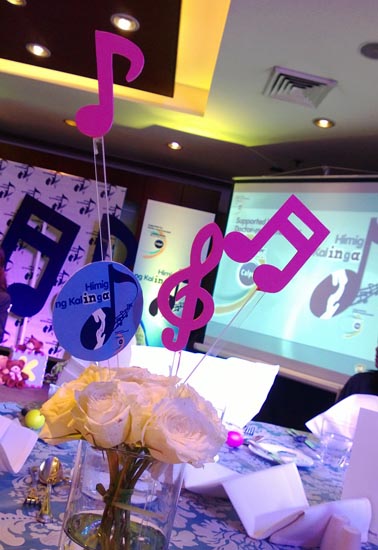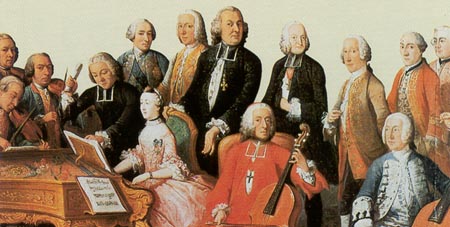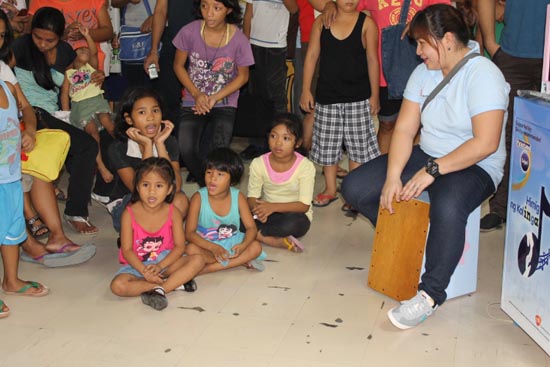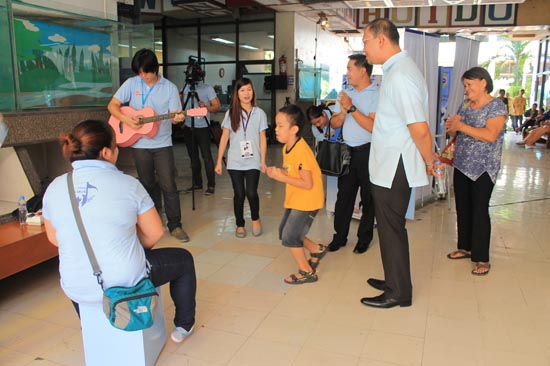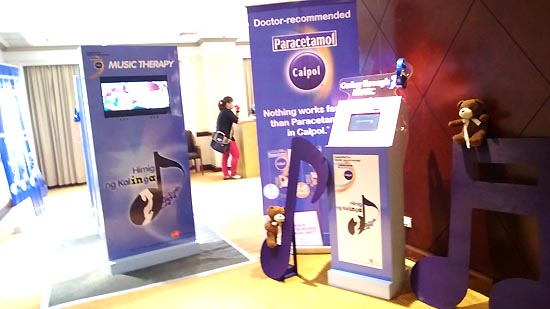It is said that music soothes the soul.
Chances are you have sung a song to your little one whenever they feel bad or get sick. Perhaps as a child, you’ve been lulled to sleep in the arms of your parents . You will most likely remember faintly one endearing song your parents would always sing for you. I know my girls did. It’s every parent’s instinct, even for somebody who can’t carry a tune, to sing to their child as a form of therapy. But is there truth to music therapy?
My daughter suffered asthma attacks almost every month. With visits to the emergency room every month, I had to do my share in making her calm and relaxed to ensure a faster recovery. I gave her ““Visualizations for Mind Calming” of which the objective of the exercise is to gain practice in visualizing while at the same time soothing the mind. Calm and peaceful scenes from nature were quite helpful in erasing worries and distractions. I often said it out in a soft voice to imagine walking in a park, or in the woods, sitting by the lake, a walk on a hill or mountain, countryside or any spot that I though had a particularly soothing quality. Together with this mind-calming techniques, I added baroque music (specifically in largo beat) to get into slowed down body mind/body rhythms and manageable breathing.
There is a huge difference between baroque and classical music. The baroque music composers are from the likes of J.S. Bach A. Corelli, G.F. Handel, G. Telemann and A. Vivaldi in the 1600 – 1760. The classical music is from the time period 1730 – 1820 and right after the Baroque period.
Music did pave the way for my kids to be calm and relaxed. As reported in Ostrander and Schrader’s “Super Learning”, research discovered that the ideal state for learning is when the brain is in a relaxed, but aware state. And when they say relaxed, they do not mean asleep, but relaxed, focused and aware. No one is too young or too old to enjoy relaxing baroque music. You can imagine the healing power of music.
According to the American Music Therapy Association, music therapy is an interpersonal process in which the therapist uses music and all of its facets-physical, emotional, mental, social, aesthetic, and spiritual-to help clients to improve or maintain their health.
Medical practitioners around the world talk about the healing qualities of music. Barbara Crowe (past president of the National Association for Music Therapy) says “Music therapy can make the difference between withdrawal and awareness, between isolation and interaction, between chronic pain and comfort — between demoralization and dignity.” Dr. Oliver Sacks reports that patients with neurological disorders who cannot talk or move are often able to sing, and sometimes even dance, to music. Its advocates say music therapy also can help ease the trauma of grieving, lessen depression and provide an outlet for people who are otherwise withdrawn.
I was impressed that GlaxoSmithKline Philippines, Inc. (““GSK”) instituted the Himig ng Kalinga program which is supported by doctor-recommended Paracetamol (Calpol) in partnership with key hospitals in GMA and Luzon. ). The use of music therapy in hospitals will surely help pave the way for the holistic wellness of every Filipino child.
Dr. Jocelyn Eusebio , a Development pediatrician explained that music therapy is used on individuals of all ages for a variety of conditions, which include: psychiatric disorders, medical problems, physical handicaps, sensory impairments, developmental disabilities, substance abuse, communication disorders, interpersonal problems, and aging. When soothing music occupies the mind, it somehow allows the patient to ‘escape’ into ‘his or her own world’, also facilitating relaxation for the patient.
The program aims to bring appropriate and familiar nursery rhyme songs to in-hospital pediatric patients that will be performed by the program volunteers. An original song written by well-known song composer, Jimmy Antiporda, entitled ““Gagaling Ka Rin” will also be taught to the patients and parents to further uplift the spirits of these hospitalized children.
Music is always familiar to children as they usually hear these wonderful sounds from home and school. It is something children are all touched by. Happy memories are associated with their favorite tunes. Nobody wants to be in a hospital, and the patients try to make the best of the situation and heal as fast as they can.
Remember music therapy is not just for the sick child. It is always good to sing lullabies to lull them to sleep or simply to relax them after a hyperactive day. Singing nursery rhymes with your child will surely get them off to a flying start. What is even better is singing with actions and encouraging your child to dance along to the beat of the music.
